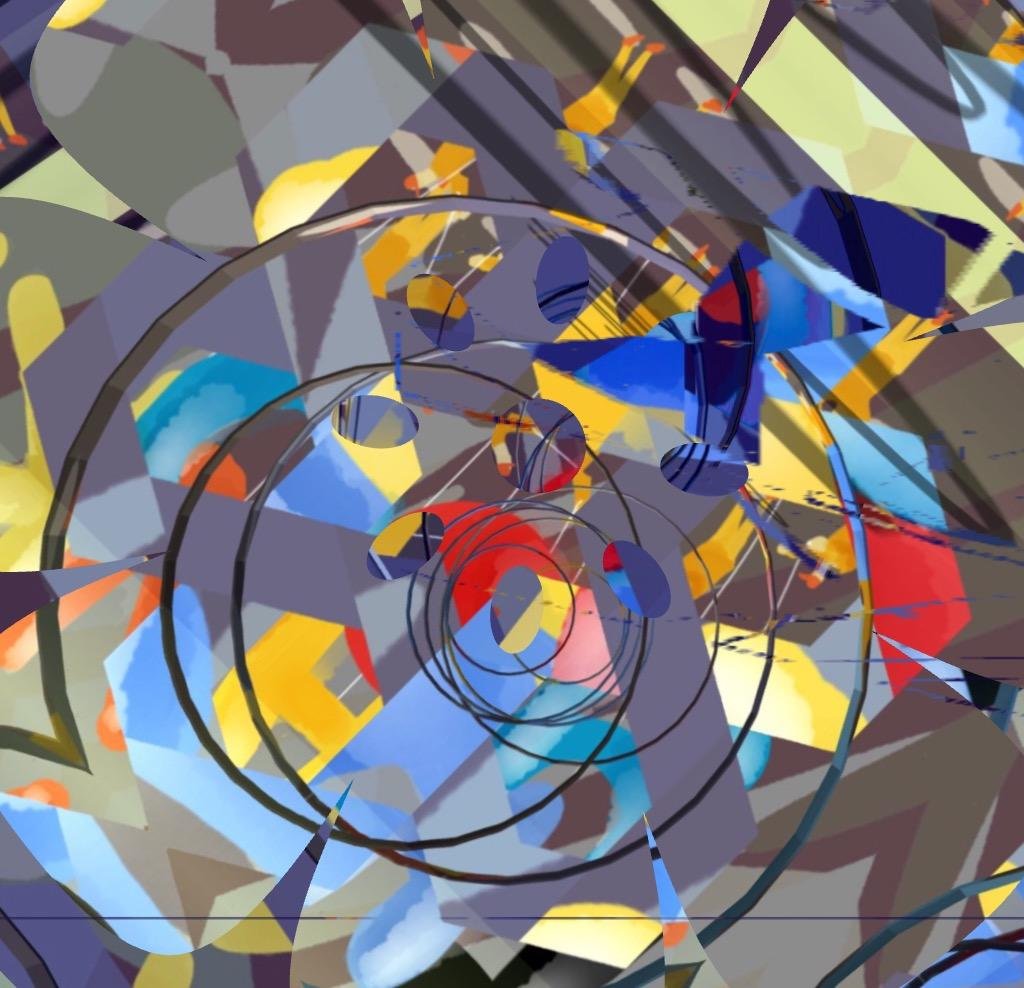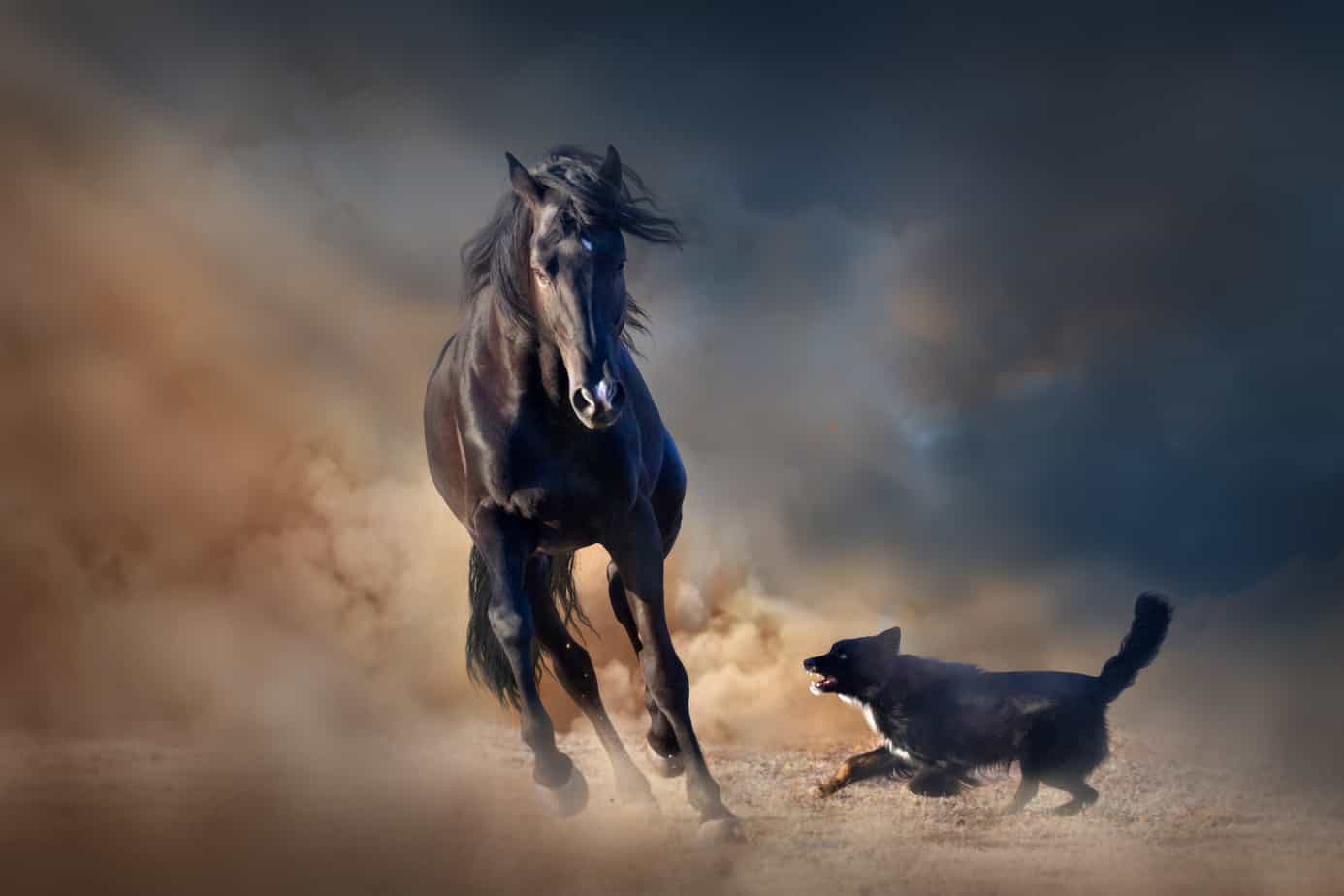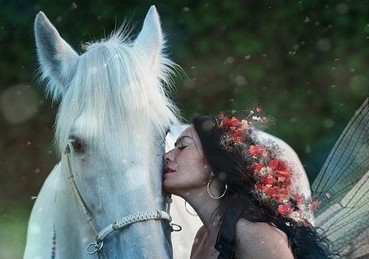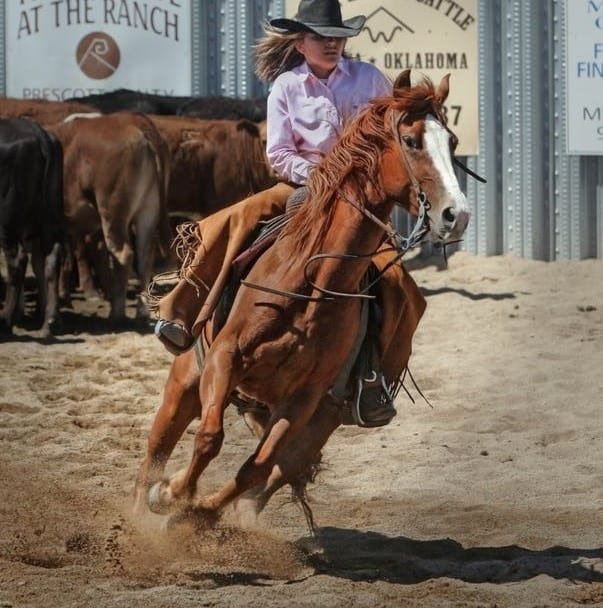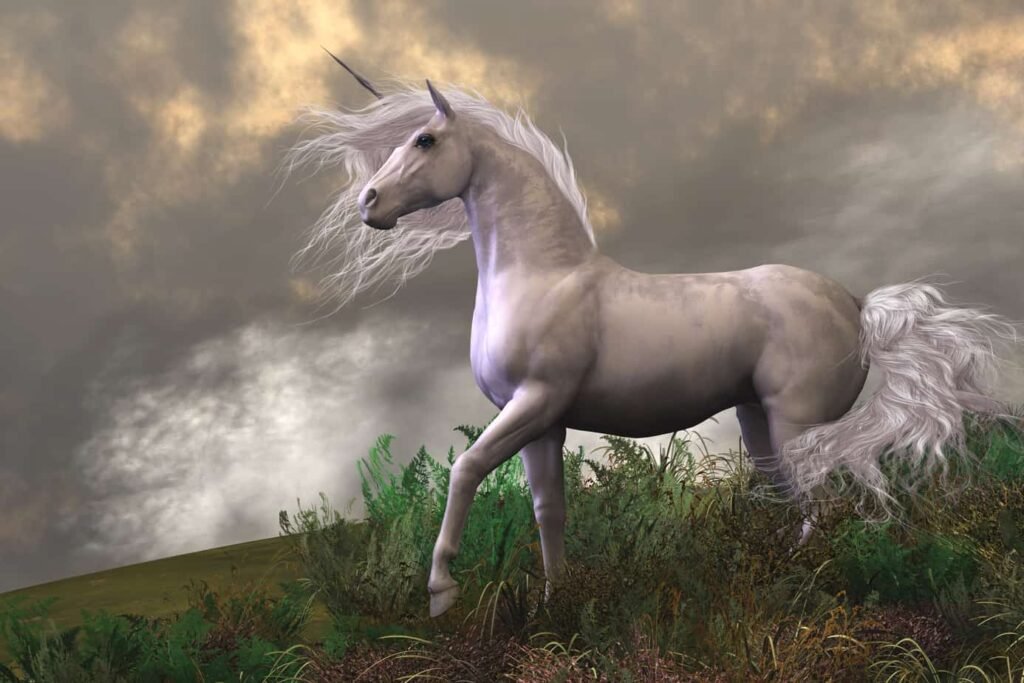
Table of Contents
The unicorn
The oldest seals of the Unicorn
Have been found in the Indus Valley
A civilisation going back
To far Indian antiquity
Cattle represented in profile
With one horn
Possibly having two horns
Also known as aurochs
And some even goat-like
The ancient greeks
Believed in the reality of unicorns
As living in India
And they described them
In their writings
A mythical animal?
An extinguished animal?
Fact it that ancient European sagas
Do mention the unicorn
As a wild horse
Whose horn brings healing
Only tamed by the virtue of a virgin
The old Mesopotamian art
Also mentions the unicorn
Many modern histories
Are fantasies
Compared to the old scriptures
Even Chinese scripts
Do mention the unicorn!
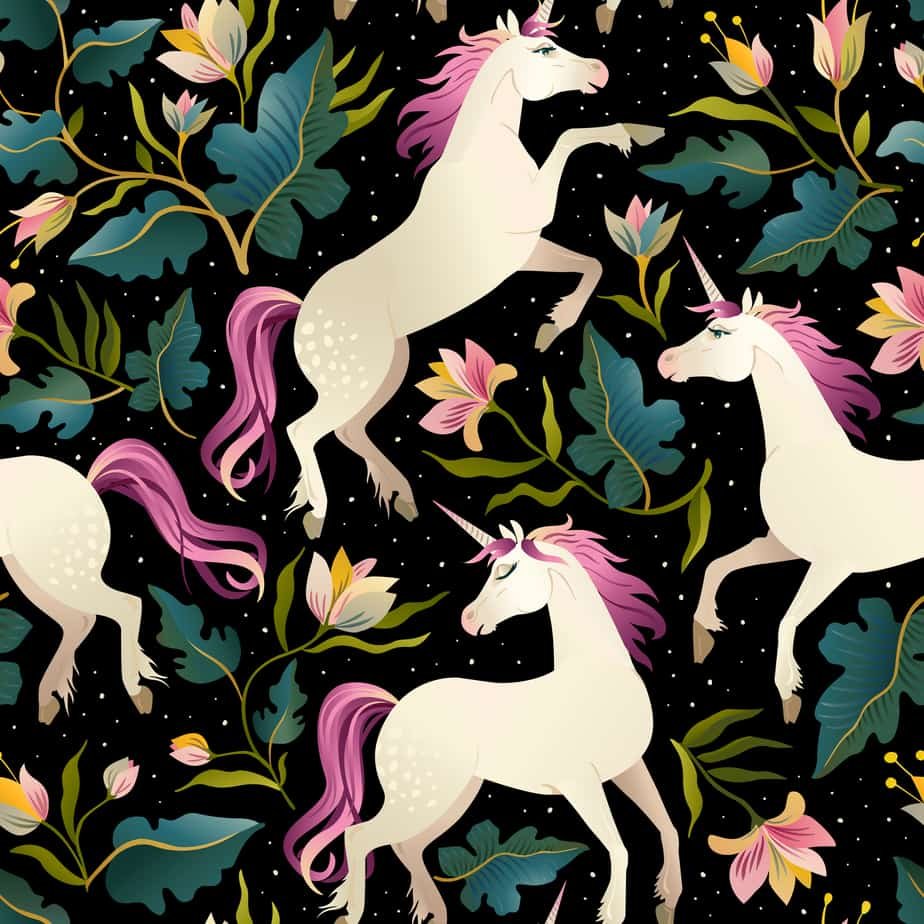
Time to revive the strenght and beauty
Of this unique and awesome
Animal
Origins and history of the unicorn
The story of unicorns is a fascinating blend of history, mythology, and symbolism, spanning various cultures and centuries.
Origins and Mythology
Ancient Civilizations: The earliest accounts of creatures resembling unicorns come from ancient civilizations. In the Indus Valley (modern-day Pakistan and northwest India), seals were discovered depicting a creature with a single horn, possibly a mythological interpretation of a real animal.
Ancient Greek and Roman Accounts: The Greeks and Romans also spoke of unicorn-like creatures. However, they treated them not as mythical beings but as real animals found in distant lands. Naturalist Pliny the Elder described it as a ferocious beast with the body of a horse, the head of a stag, the feet of an elephant, and the tail of a lion, with a long horn in the middle of its forehead.
Chinese Mythology: In Chinese legends, the Qilin (or Kirin in Japanese culture) is a creature often likened to a unicorn. It’s depicted as a good omen, bringing serenity and prosperity. The Qilin has a horn on its forehead and is sometimes portrayed with flames all around it.
Medieval and Renaissance Periods
European Folklore: The unicorn became a significant creature in medieval and Renaissance lore. It was often depicted as a white horse-like or goat-like animal with a long, spiraled horn, symbolizing purity and grace.
Allegorical Meanings: In Christian symbolism, the unicorn was a representation of Christ, with the horn signifying the unity of Christ and the Father. The hunting of the unicorn, as seen in famous tapestries, symbolized the pursuit and capture of Christ.
Medicinal Properties: Unicorn horns (likely narwhal tusks) were highly valued in medieval times for their supposed healing properties and ability to detect poisons.
Modern Depictions
Literature and Pop Culture: In modern times, the unicorn often appears in children’s literature and fantasy novels. It is typically portrayed as a symbol of magic, innocence, and enchantment.
Symbolism: Today, the unicorn is a ubiquitous symbol in popular culture, often representing uniqueness, rarity, and a sense of wonder.
Commercial Use: The image of the unicorn is widely used in marketing and branding, appealing to a sense of the fantastical and extraordinary.
The unicorn’s journey from ancient myth to modern symbol is a testament to its enduring appeal and the human fascination with the mystical and unknown. Whether as a fierce beast of ancient lore or a symbol of purity and magic, the unicorn continues to captivate our imagination.
Shop tips on Amazon
Featured Video (a bit of fiction)
Yes, they were real…. the legend
Curiosity champion GPT
The Curiosity Champion GPT is your go-to for diverse knowledge queries, respecting privacy and copyrights.
Thank you for reading, shares and comments!
✨ Comment Policy ✨
We welcome thoughtful, kind, and constructive comments that contribute to meaningful conversations.
Please note:
- Promotional links and unsolicited offers will be removed.
- Spam, irrelevant content, or self-promotion without prior permission will not be published.
- We value quality engagement over quantity — thank you for helping us keep this a respectful and inspiring space!
Take time to learn
Invest in your future
Embark on a journey into the realm of affiliate marketing and craft your own website within a vibrant, supportive community. Join me in this adventure, where you can begin as a free starter and stay as long as you desire. Enjoy complimentary hosting and foundational teachings to set you on your path. For those with advanced skills, opportunities to elevate your expertise await. Take a moment to explore and witness the magic for yourself!

